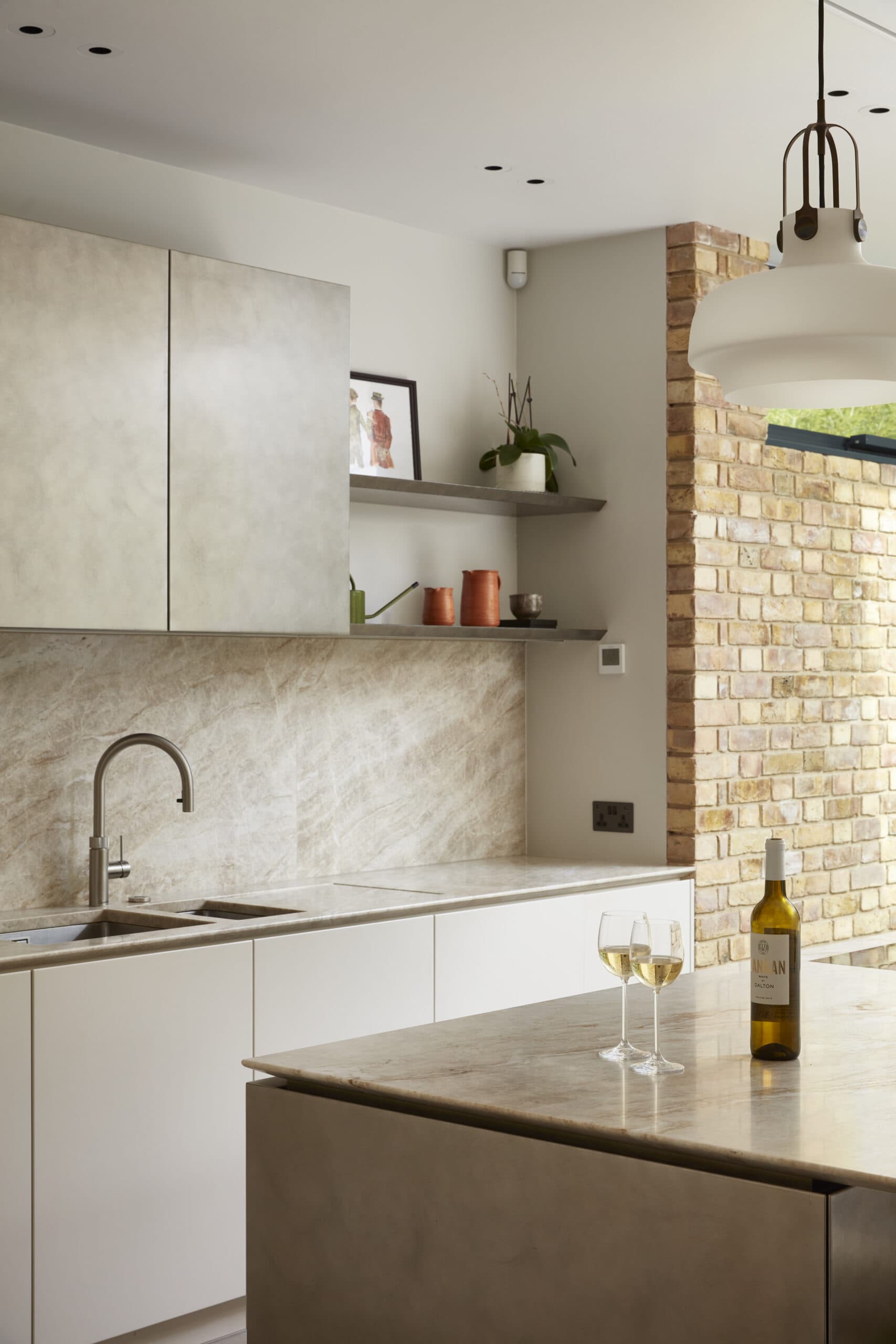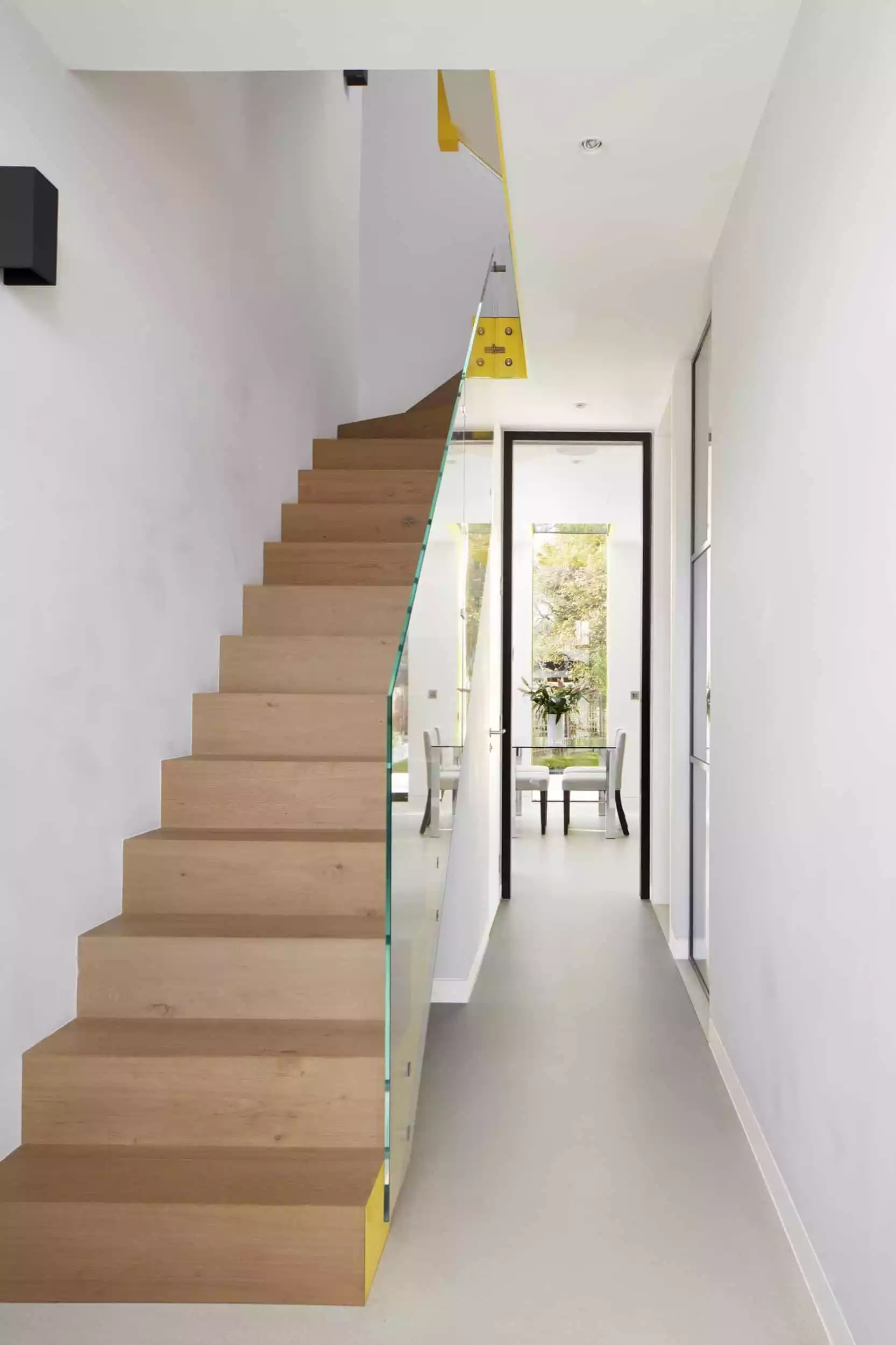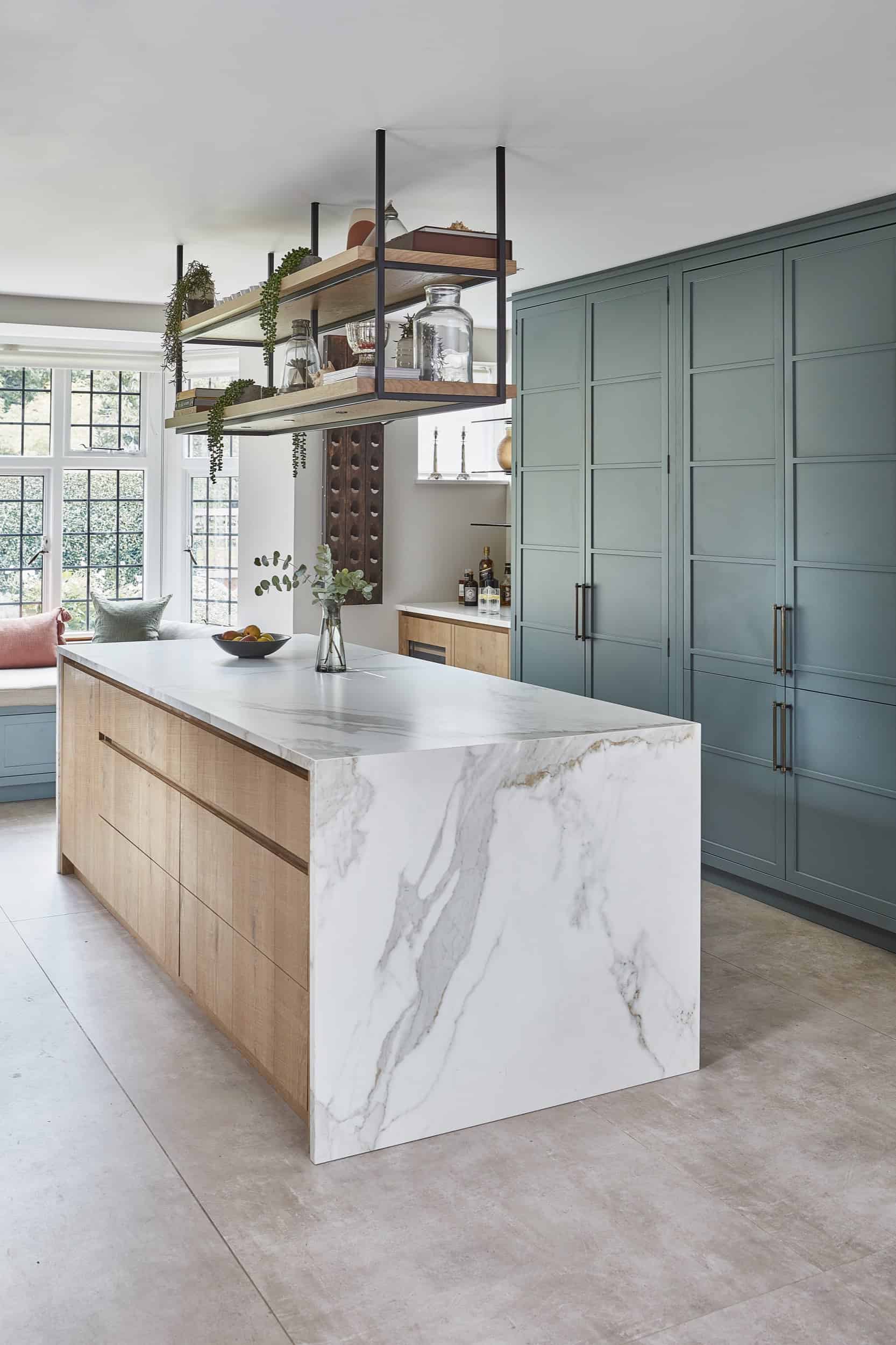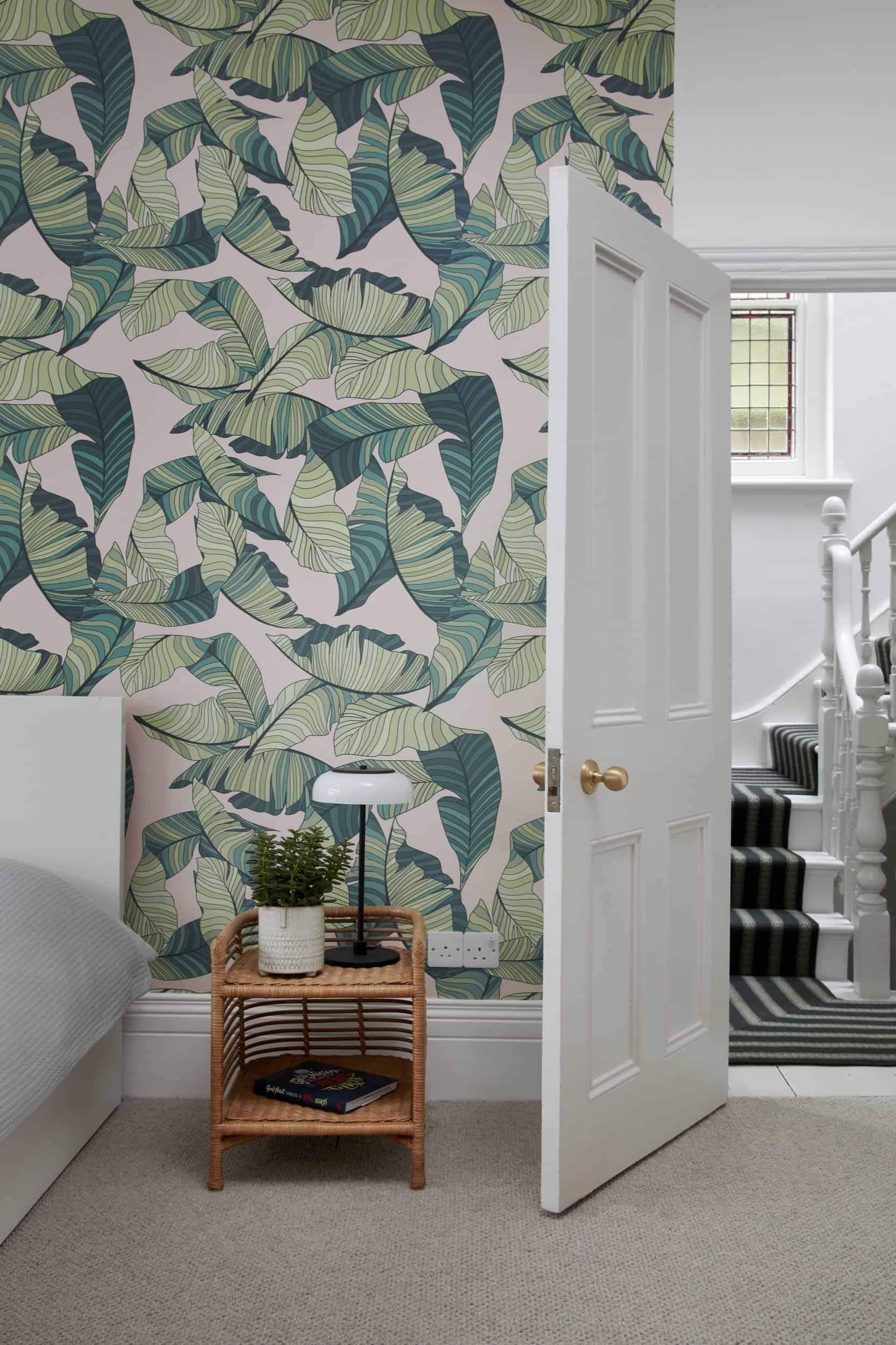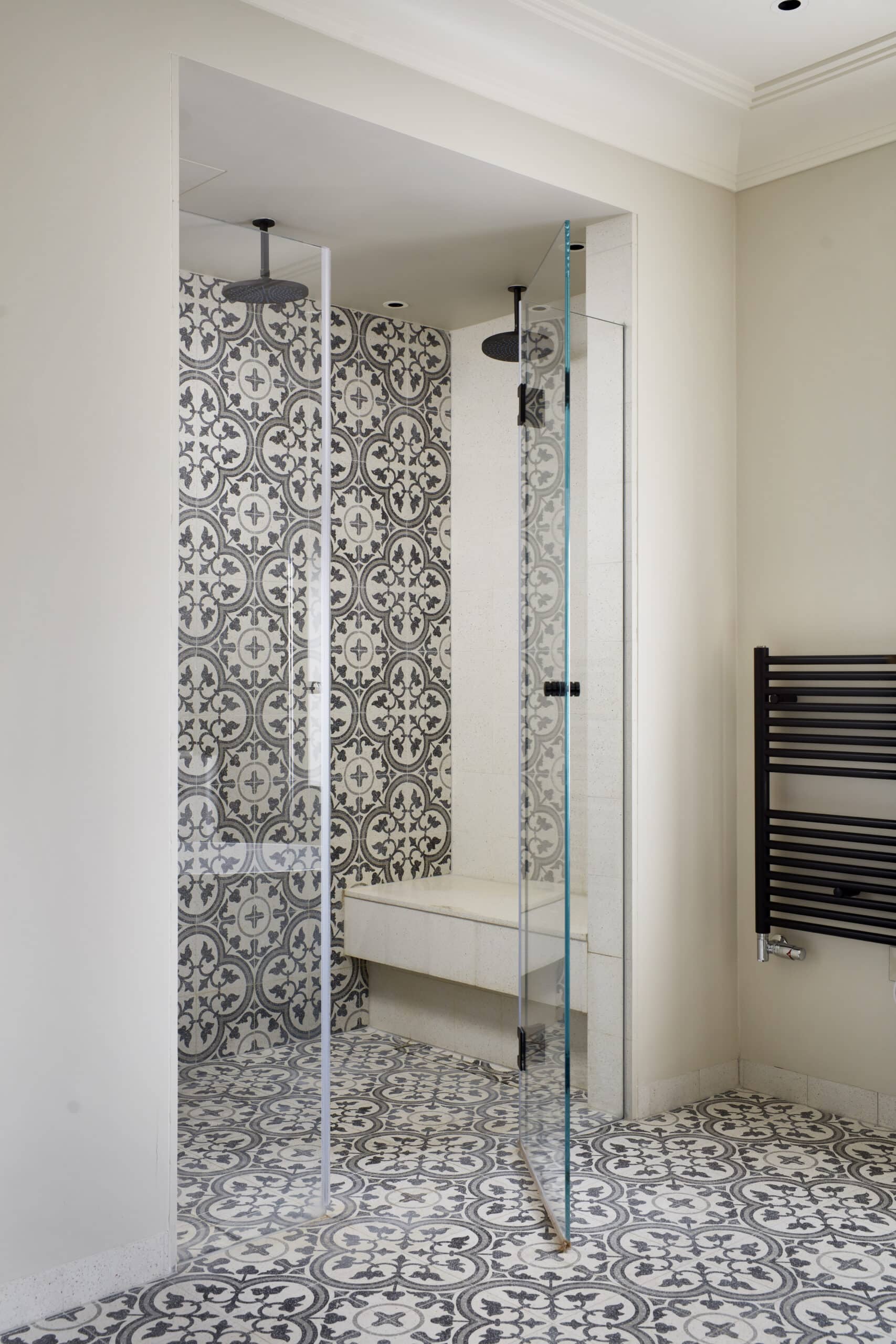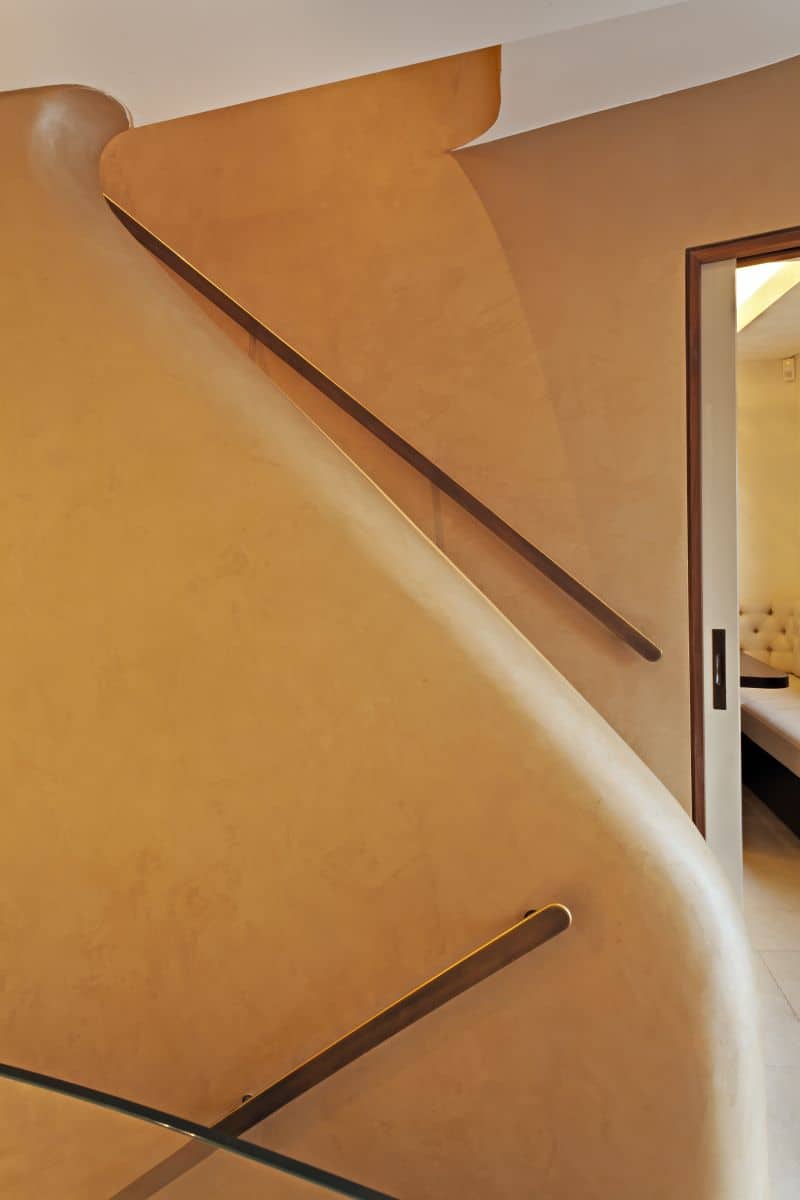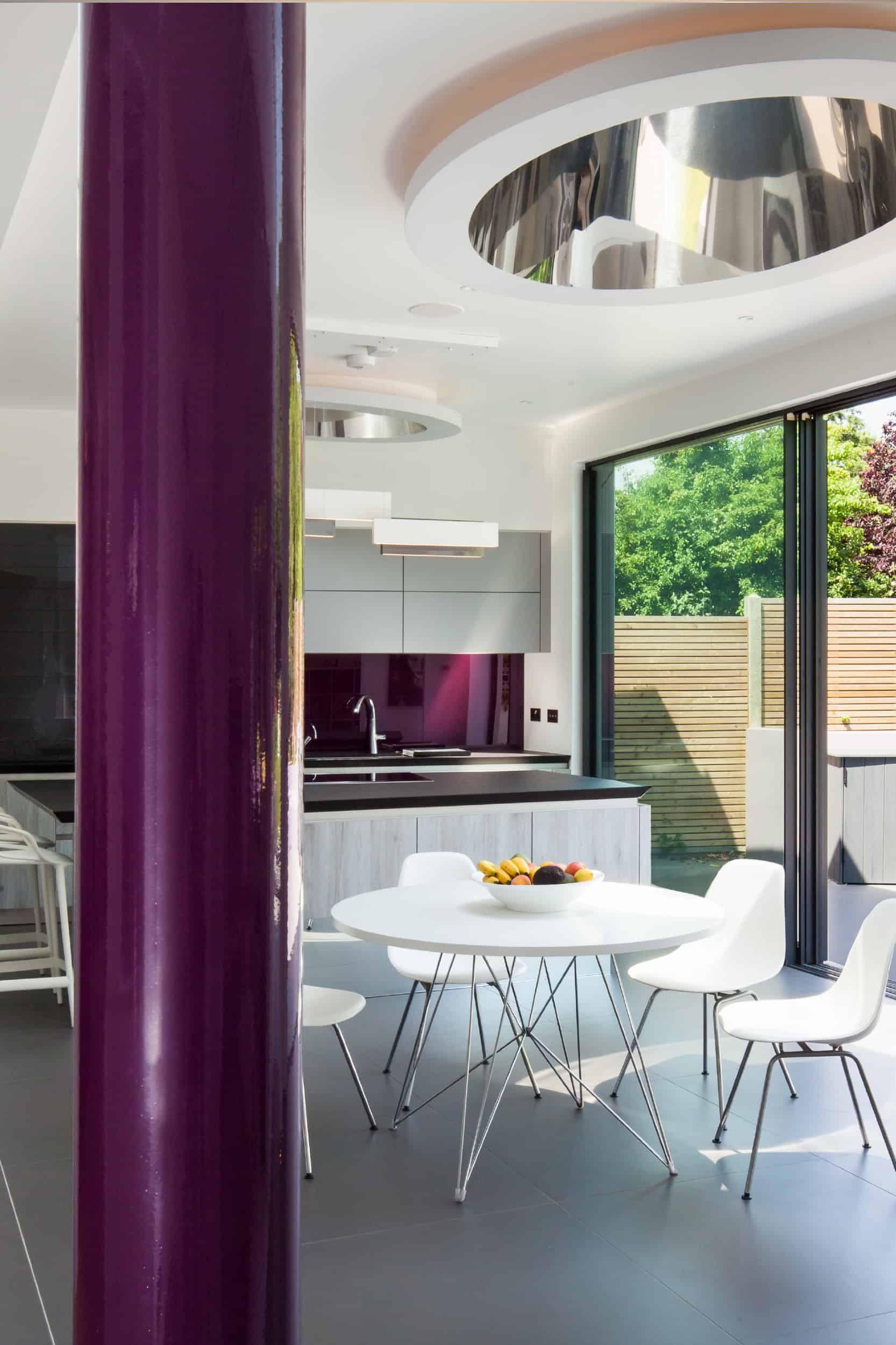Humans have an innate tendency to seek connections with nature and natural forms. Therefore, biophilic interior design is a pivotal component of successful neuroarchitecture when creating spaces to thrive in. On this page, we explore how biophilic design can enhance feelings of wellbeing and interior beauty, with pointers on how to incorporate these principles into your own renovations.
From greenery to curvilinear shapes, humans are inherently drawn to nature. Research has repeatedly displayed our preference for curved (or curvilinear) shapes over rectilinear, highlighting how much we lean toward natural forms – given the prevalence of curved contours within nature.
As a result, plenty of indoor spaces feature furniture that’s free of harsh lines and sharp edges, tapping into our preference for smooth, curved interiors. “Bring the green in” is also a common brief received by many architects, reflecting the popularity of garden views and indoor plants.
Further research also reinforces our preference for fractal forms. In the context of nature, fractal forms are defined as repeated, branching patterns that can be observed all around us. Examples include plants, flowers, tree branches and waves. As a result, the principle of fractal dimensions guides many aspects of biophilic architectural designs, with similar patterns/details being repeated within interior spaces.
Biophilic design principles are typically divided into three categories:
- Nature in the space: How to improve contact with nature, water, plants, forms and natural light.
- Nature of the space: How spaces are designed to reconnect with nature.
- Natural analogues: Incorporating natural materials, colours, textures and patterns.

"Integrating biophilic design into architecture isn't just an aesthetic choice—it's a scientifically supported method to enhance well-being. "
Maia Lemlij
Proven benefits of biophilic interior design
Studies have repeatedly shown that exposure to nature can reduce stress, improve various cognitive functions (such as memory and the ability to focus), and enhance creativity.
Research also demonstrates that the presence of plants delivers more than cognitive and emotional benefits. According to a range of experiments conducted by NASA, plants and soil microbes can significantly purify indoor air, highlighting the significant physical benefits biophilic architecture can deliver.
With regard to our preference for fractal forms, a 2015 study demonstrated that fractal dimensions inherent with natural landscapes are linked to liking responses, preferences and stress reduction. These findings extended to fractal forms within architectural design, with mirrored brain responses.
This idea is further supported by research investigating the neural basis for shape preferences. Rooms with curved contours elicited positive responses via engaging brain areas associated with approachable behaviours. Further research from 2019 also incorporates light patterns, demonstrating that light with specific fractal dimensions promotes feelings of relaxation.

Bringing biophilic design principles into your home
Here are a few key ways you can harness the benefits of biophilic interior design.
Custom skylights and windows
Skylights are not only installed to maximise the ingress of natural light; they can provide striking fractal patterns when customised and tilted correctly within the home.
We have incorporated skylights (and other wall perforations) into many of our transformation projects, with many biophilic design principles in mind. Skylights and wall openings can be hugely effective in creating fractal patterns and bringing the outdoors in, enhancing the prevalence of garden views within interior spaces.
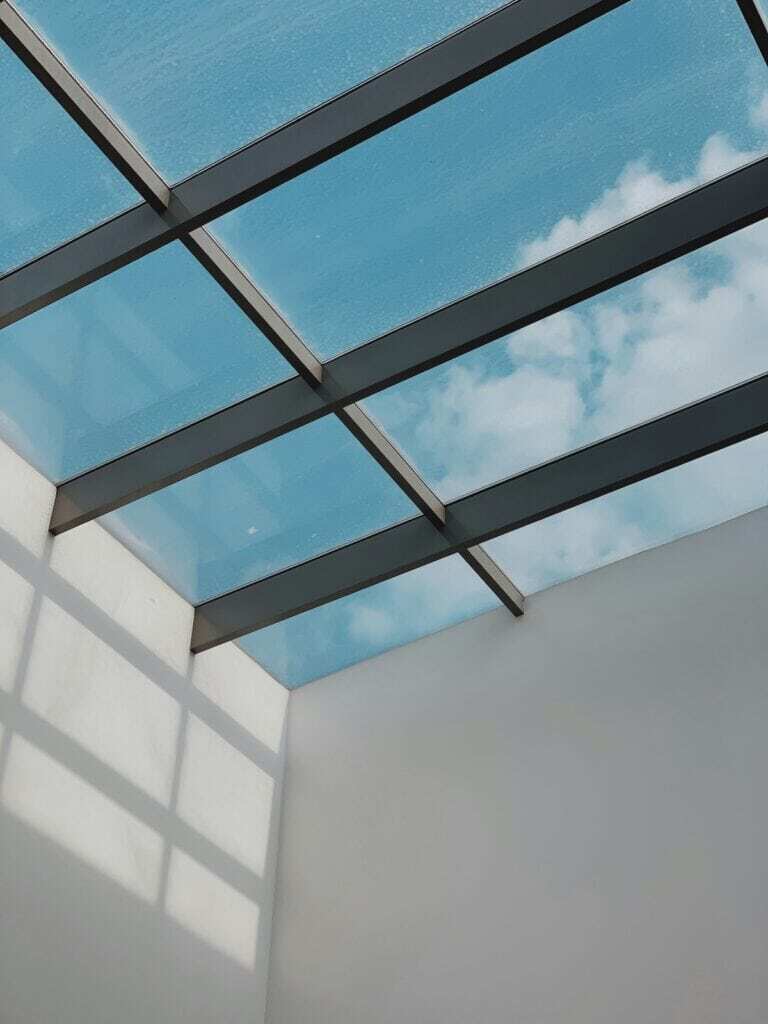
Natural colours
Incorporating blues, greens and earthy hues within the home is a huge part of biophilic interior design. In fact, this example of research found that “walking in a green environment induced a significant reduction in heart rate”, demonstrating the calming impact colours of nature can have.
To achieve the optimum benefits of biophilic architecture, colours must be aligned with the specific function of the space, chosen with the emotions you wish to evoke in mind. For example, calming hues of green are most suited to rooms where relaxation, or even focus, is the goal. But, for more social spaces such as kitchens or living areas, more playful, bold colour schemes can be incorporated.
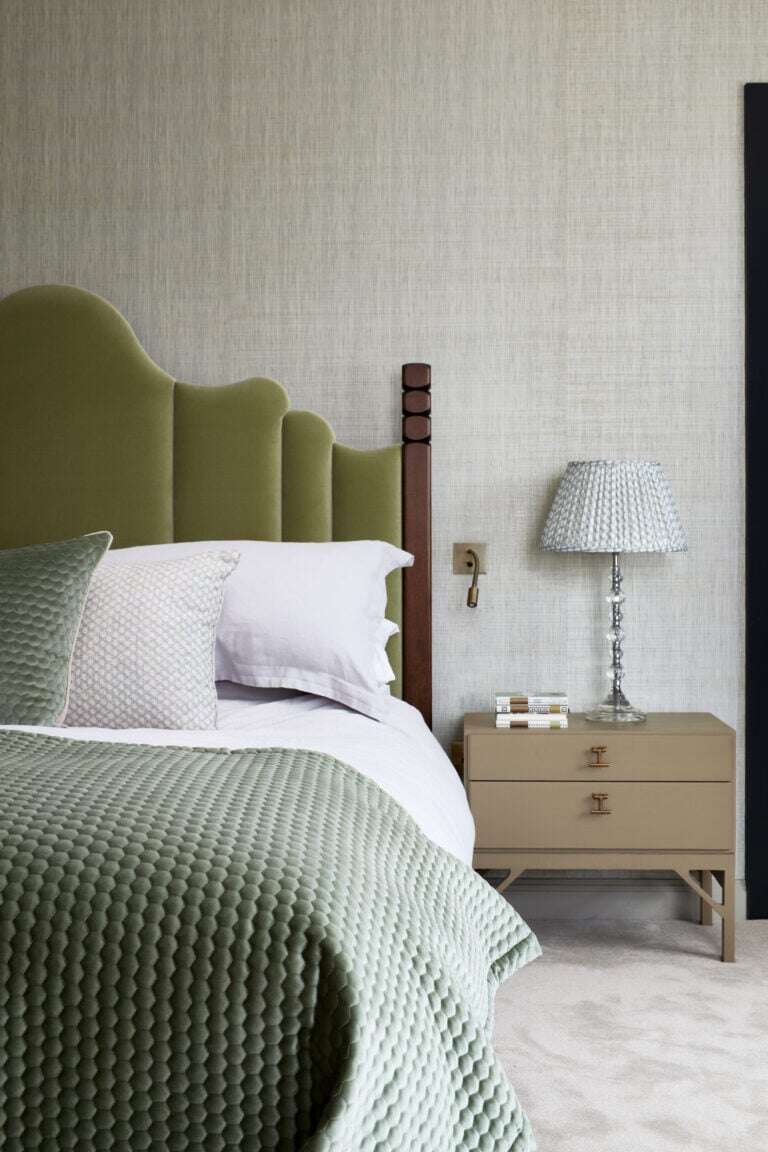
Fractal forms
Due to consistent findings showcasing preferences for repeated patterns, we incorporate fractals within many designs. From wallpaper to tiles to the ingress of light, the presence of uniform patterns can enhance relaxation and bring calm to many indoor spaces.


